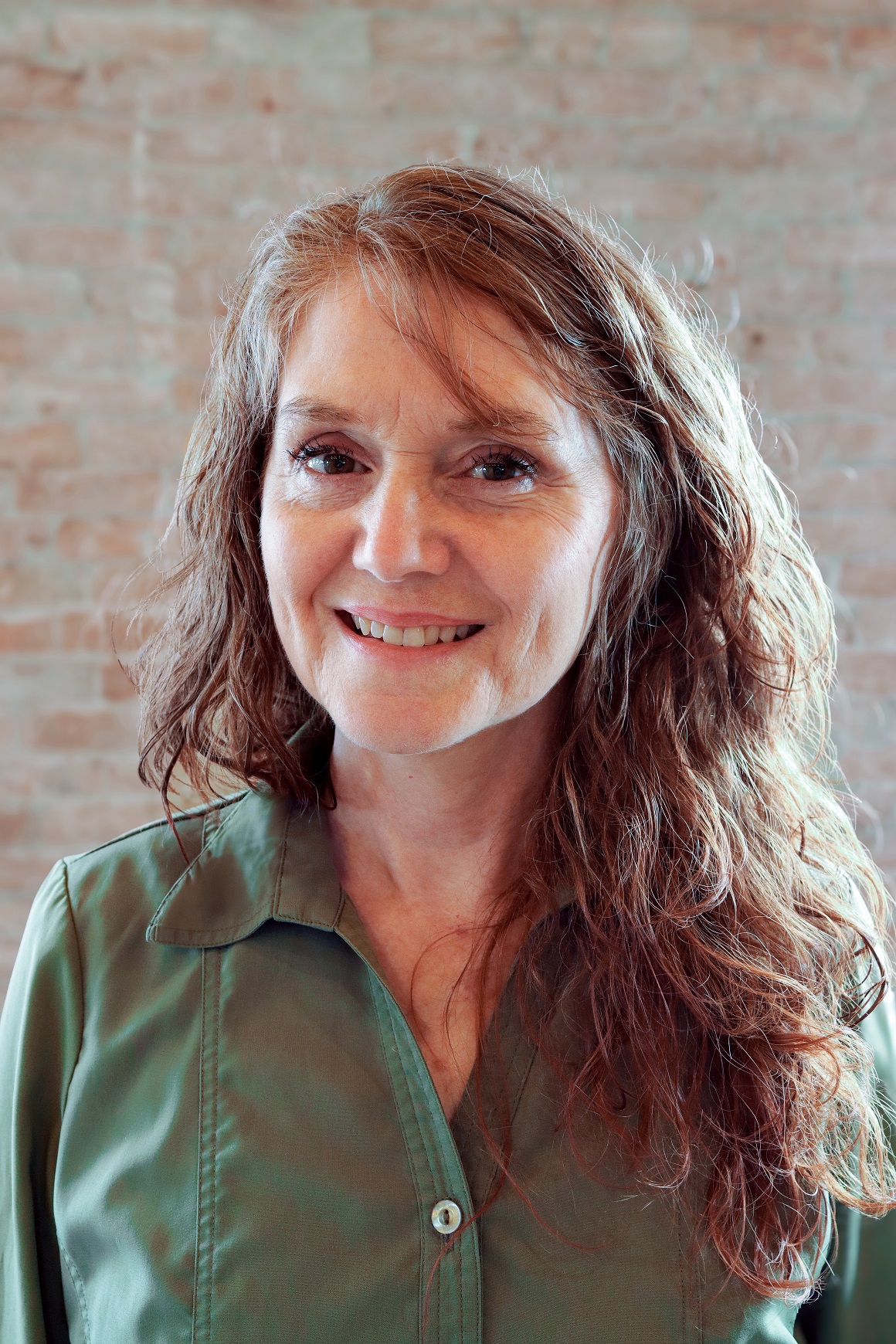As a coach, speaker, or business owner, you may have heard that being a bestselling author gives you credibility. After all, having a book helps you:
- Get more speaking gigs
- Have another revenue stream to support that platform (from online royalties or selling books at the back of the room after a speaking event)
- Expand your audience tenfold through a lower-priced product (made available worldwide through online stores and libraries)
- Increase your opportunities to pitch to media and do interviews on radio, TV, podcasts, etc.
- Connect with clients and potential business partners by showing your expertise (and don’t forget: you can use your book as a gift!)
Strategies for Fast Book Production
So, how do you get a book out there quickly? There are lots of ways to approach this process.
- Pick only one small, focused problem and offer the solution for it in fewer than 10,000 words.
- Compile all of your blogs, PowerPoint presentations, etc., and roughly organize them around a few key ideas.
- Turn your signature speech into a book.
- Get together with other like-minded professionals and do a themed compilation book on your individual stories or on how you each solved a problem.
But stop a moment.
What Haven’t You Heard?
While I’m all for helping authors self-publish and build their platforms with quickly produced books, I have learned a thing or two coming from “behind the curtain” of traditional publishing that I think most new authors learn only in hindsight.
Traditional publishers understand the long-term results of good branding.
They won’t take a book that isn’t really compelling in each of these areas:
- Well organized; each fresh idea builds momentum gracefully and powerfully, convincing the reader of the value and truth of the ideas being proposed (avoiding redundancy, confusing paragraphs, muddy arguments, etc.)
- Full of emotionally impactful stories that concretely support the ideas the author is developing
- A strong, unique hook that can get both media and a bookshelf browser’s attention despite all the competition from similar products
- Good writing—not just mechanically clean writing (with correct grammar, punctuation, spelling, and lack of typos), but prose that captures the stories and ideas with powerful verbs, word economy, precision, and strong voice/compelling style
A publisher wants to make the deepest possible emotional impact on the broadest possible audience: impressed, moved, excited readers mean repeat buyers for future books, converted clients for the author (which means a bigger platform for future books), and excellent reviews and interview requests (which drive book sales). Publishers don’t want to rely on one-time marketing strategies to sell a single book in the short term. They are investing in something; they want long-term buying conversion to that author’s brand.
The quality of the book—from its well-edited guts to its cover to the marketing copy on the back (and even the type of paper it’s printed on)—is a publisher’s best chance to convey the brand experience that will convert readers.
Compromise for the Solution
So, yes, you can jump on the bandwagon and quickly slap your book together, have only one or two other people give you their thoughts, and hire a proofreader to find the typos (which is different from the type of editor who deals with the items in the good-branding list above, FYI).
And you can even sell a lot of books at the back of the room and pay for the kind of marketing that will make it a best seller in some Amazon category. But what’s after that? If someone attends your speech and then buys your signature-speech book, what increased value did you give them? Will they be that interested in the next thing you produce, or will they write you off as a one-hit wonder?
If you want to use your book to grow your business long-term, the smoothest path to success is to have a clear, firm, and impressive book-branding experience in place from the get-go. It will give them more value, more interest in you, and more loyalty as converted clients (and it will be more convincing to any business partners you’re courting). With a higher-quality book, you’ll truly convey the expertise you have.
Do Now
It’s never too late to up-level your branding. If you’ve already published a quick book, don’t sweat it. Let it continue to produce what results it can while you consider if you could take it to the next level. If you’re thinking maybe you should redo the cover or the marketing copy, find a professional in the book industry to help you. Find a good developmental editor (and a deep-line editor) to give you that professional edge. That’s the beauty of self-publishing, after all—you control everything.
If you’re still developing your book, how do you incorporate the lessons of traditional publishing into your plan for quickly producing your book?
- Get your content together quickly and, by all means, team up with the marketing power of other professionals if that makes sense for you; but in traditional publishing (where quality equals long-term success), that’s called a draft. It’s not what you go to press with.
- Get lots of feedback—not from close friends, your mom, or a single mentor. Use whatever networks you have (including social media and/or the audience for any online courses you’ve created) to refine your ideas by beta testing them to see what gets engagement and interest. (You’ll want to find readers who are actually facing the problem for which you’re providing a solution.)
- Hire a professional developmental editor—don’t just get a copyedit or proofread; these latter services are both types of professional editing, but they are final steps. A developmental editor is trained in developing ideas, making sure your book is well organized, and in helping the audience connect with your voice—in short, his/her job is to make sure the market you want to speak to is going to understand your message and be moved by it. If you’re writing a memoir (or a narrative-driven inspirational/how-to), find out if your nonfiction editor also has extensive training in story structure, thematic through-lines, character development, and so on.
- When you go to self-publish, hire individuals or teams that have experience in the traditional publishing industry so you can apply that experience to producing a quality book—one that will look as good as what the traditional industry produces. For instance, you want a team who knows what makes a good cover and why. Is the marketing copy actually marketable (has a good hook, covers reader pain points and desires, is well-worded), or is it just a general summary of your content? Does the vendor insist your cover, tagline, and image tell a cohesive genre story and hook your ideal target market? (Most won’t.)
Sound Like This May Take a While?
Actually, we’re talking about adding just a couple of months to your timeline if you bring in professionals to help. In the grand scheme of things, adding two to three months to your release date isn’t much of a bump in the publish-quickly road. (If you have a pressing deadline that’s non-negotiable, just get what you have out and then up-level as soon as you can after that; you want the best version of your book available for bigger audiences as your business grows.)
If speed is your priority, or you’re really starved for time, you can even give your content to a ghostwriter who can spin gold from it, capture your voice, and have it all done within a couple of months.
Spun gold—that’s the kind of book that’ll have your readers coming back for more. That’s the kind of book a traditional publisher may consider picking up after you’ve made a self-pubbed success of it. That’s the kind of book that can be your legacy.
In short? Get it done fast, but get it done right.
This article was written by Angela Eschler and was republished in this condensed form with permission from Eschler Editing. To read the full version, click here.





